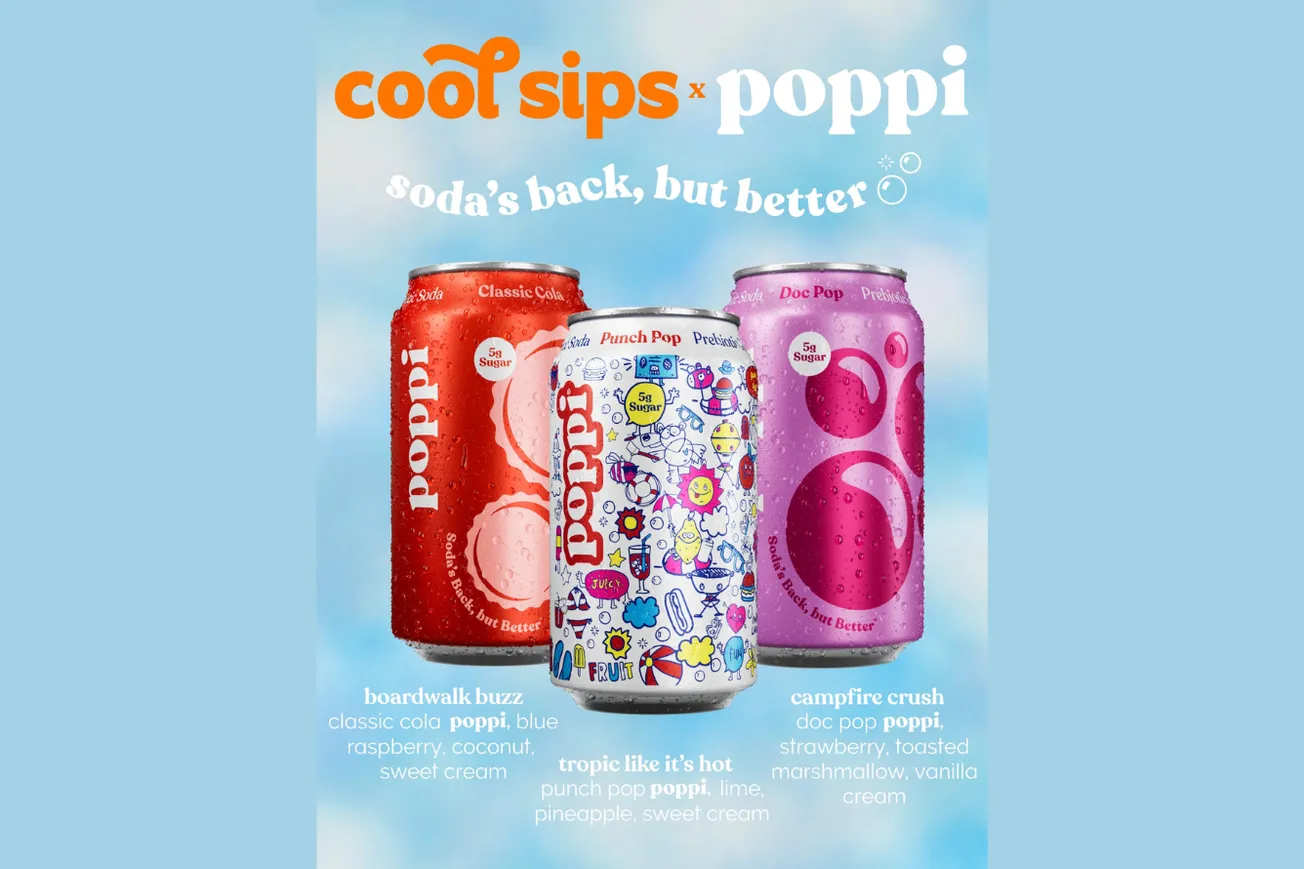WASHINGTON — The National Retail Federation (NRF) predicts that retail industry sales will increase by 3.1% this year as the U.S. economy continues to strengthen and will provide consumers with greater confidence to spend. The report also predicts that online, mobile and catalog sales will grow between 6% and 9% this year.
If the forecast is accurate, retail industry growth in 2016 would top the 2.7% average over the past decade, NRF noted in a report released last month.
The NRF forecast covers sales in traditional retail categories — including auto parts and accessories stores, nonstore categories, discounters, department stores, grocery stores and specialty stores — but excludes sales at automotive dealers, gas stations and restaurants.
NRF’s forecast for 2016 is below the 4.1% growth rate that it predicted for 2015 sales, which was revised down to 3.5% over the summer due to slower-than-expected consumer spending.
The U.S. economy barely grew in the fourth quarter of 2015, as consumer spending cooled and exporters were hobbled by a strong dollar. Growth slowed to an annualized rate of 0.7% in the year’s final three months, down from 2% growth in the third quarter, according to government statistics.
For 2015, the U.S. economy grew at a 2.4% pace, matching its 2014 rate of growth.
The NRF foresees the U.S. economy growing between 1.9% and 2.4% this year. The federation expects the economy to add an average of 190,000 jobs per month in 2016. And it calculates that the nation’s jobless rate will fall to 4.6%, down from 5% in December and 5.5% in March 2015.
“The economy had a bumpy ride in 2015, with fits and starts along the way,” said Jack Kleinhenz, NRF’s chief economist. “Despite the volatility, the economy continued to reduce unemployment, raise wages and actually increase real GDP by 2.4%. Lower gas prices are creating more discretionary income to save, pay down debt and spend on travel, eating out and personal services.
“Retailers have benefited as well, and continue to find ways to compete and succeed in a very cost-conscious environment.”
Consumer spending, which accounts for roughly two-thirds of U.S. economic activity, has been a relatively bright spot in the economy.
Retail sales increased for a third straight month in January, the Commerce Department reported. The 0.2% gain matched the previous month’s performance, which initially was reported as a decline but was revised upward as more data came in.
“Wage stagnation is easing, jobs are being created, and consumer confidence remains steady, so despite the headwinds our economy faces from international developments — particularly in China — we think 2016 will be favorable for growth in the retail industry,” commented Matthew Shay, NRF’s president and chief executive officer. “All of the experts agree that the consumer is in the driver’s seat and steering our economic recovery.
“The best thing the government can do is stay out of the way, stop proposing rules and regulations that create hurdles toward greater capital investment, and focus on policies that help retailers provide increased income and job stability for their employees.”
Shay also noted that economic volatility could suppress sales by fueling consumer uncertainty.
Among the insights in the NRF report:
• U.S. economic growth in 2016 should be more of the same and uneven. It is likely to be in the range of 1.9% to 2.4%.
• Employment gains of approximately 190,000 on an average monthly basis are expected. While that pace is down from 2015, it is consistent with the labor market growing near its underlying trend.
• Prospects for consumer spending are straightforward — more jobs equals more income, which equals more spending. However, spending will come largely from the growth in jobs and not as much from increased wages.
• Over the past decade, annual retail sales growth has ranged from a high of 5.2% in 2006 to a low of negative 3.6% in 2009. But sales rebounded just as quickly as they fell at the outset of the recession, increasing to a robust 5% in 2011.
NRF is the world’s largest retail trade association, representing discount and department stores, home goods and specialty stores, Main Street merchants, grocers, wholesalers, chain restaurants and Internet retailers from the United States and more than 45 other countries.





